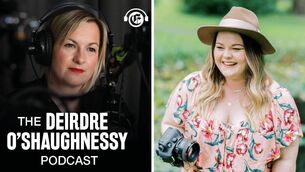Cork woman hopes chronic pain diary can give solace to sufferers falling down rabbit hole of pain
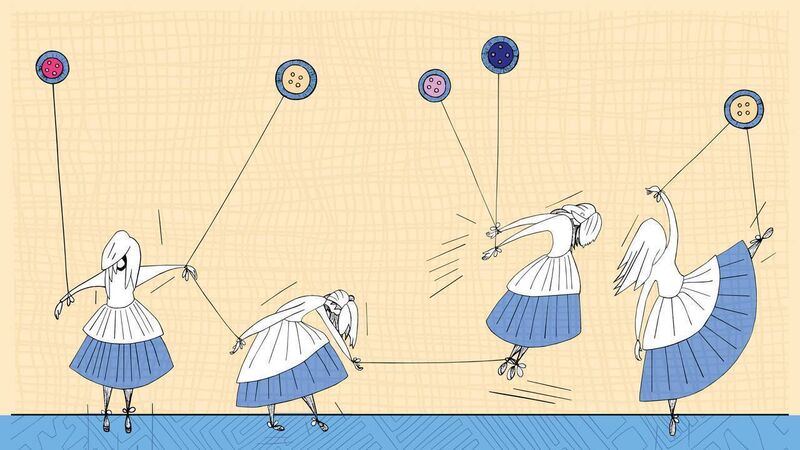
One of the works from Ciara Chapman's chronic pain diary. Picture: Ciara Chapman
When Ciara Chapman slipped down the stairs at home one day, her life suddenly changed almost as drastically as Alice’s did when she tumbled down the rabbit hole.
Seconds before the fall, everything was as it ‘should’ be. Newly married with a good job, she was 32 with an active, happy life, and she had just saved a deposit to buy her first house.
But after the fall, chronic pain and a dysfunctional foot left her housebound for months at a time. All her savings were quickly drained by medical expenses and her life was suddenly governed by chronic pain.
But that pain also inspired her to create a ‘pain diary’ - a book with images and text that illustrated how she felt.
Through her art, she created a new world, where her pet rabbits became doe-eyed, fluffy helpers and her own pain was communicated through accessible graphic images and bright, inviting colours that draw the viewer in despite confronting difficult and sometimes dark subjects.
Initially intended just to communicate her condition to family, after she posted it online it quickly gained traction.
That work will now form an art trail in windows of 15 businesses throughout Cork city, including the Irish Examiner, throughout the month of September to mark Chronic Pain awareness month. An exhibition will also run in Cork Printmakers from Sunday.
She hopes that her work can give solace to others who are suffering and help people understand chronic pain.
“I started this project in 2016. The pain was beginning to change me in the worst way so I turned to art to save me,” she says.
“The illustrations I created chronicled my journey through chronic pain. Each image captures a ‘moment in time’ on my journey.
“Typically art that explores pain tends to be graphic, often gruesome. I decided to take my work in a different direction. I use bright colours and delicate lines to balance out the weighty themes I tackle such as isolation, guilt, shame and depression.
“But it’s not all doom and gloom, I also explore the light that comes out of pain, for instance, the insight I’ve gained, the self-awareness, the support and the love I have experienced.” And her inviting, relatable work has already touched people who thankfully live without chronic pain.
“People connect with different images. There’s one where the girl is standing on stilts and then she’s standing on bendy straws, and a friend of mine who experiences bi-polar disorder really connected with that one.
“It’s always bittersweet because it’s nice when someone understands the work, or it resonates with them, but it means they’re suffering too.”
In 2015, Ms Chapman’s life changed catastrophically after she slipped, seemingly innocuously, down the wooden stairs at home. “It was just hard luck,” she says.
“I foolishly went down the stairs in my socks. My feet slipped, you know like in a skit when someone’s legs fly up in the air and they land really hard on their bum bone. Whatever way I reached my arm out to save myself I twisted all around my back. It was just a really awkward fall.
“And it really, really hit my sciatic nerve. I had chronic sciatica for years. I also mostly lost the use of my left leg from the knee down, I have about 30% use of it now.” Ms Chapman was diagnosed with a drop foot, neuropathy, chronic sciatica and a tear in her hip.
Confined to the downstairs section of her house, she wouldn’t leave that space “for months on end.” Even walking to the nearby shop has been too difficult as her left leg could suddenly stop working completely and she’d get stuck halfway and have to call someone to pick her up in a car.
“Everyone’s life seems to be moving forward but you’re just stuck,” she says. “We had a deposit for our house when we got married and everything went on my medical stuff.
“When you have an accident you need to start working on your mental self right away. You’re so focused on your physical pain you don’t really realise what’s going on inside your head.
“I was very careful about the news that came in. I had Irish political news notifications but I didn’t get sucked into news loops.
“You have to protect your little world when it becomes so small. You have to protect the information that comes in and what you’re sending out. I suppose I really cocooned from the start.”
In her experience, vast swathes of society still misunderstand chronic pain.
“The word you hear a lot is ‘psychosomatic.’ I found that very hurtful because it’s essentially saying I would do this to my husband and I. I would put our lives on pause, just being selfish.
“When something happens to you medically you get a harsh glimpse into the people in your world - who you matter to and who you don’t. That can be quite painful but ultimately it’s a good thing.”
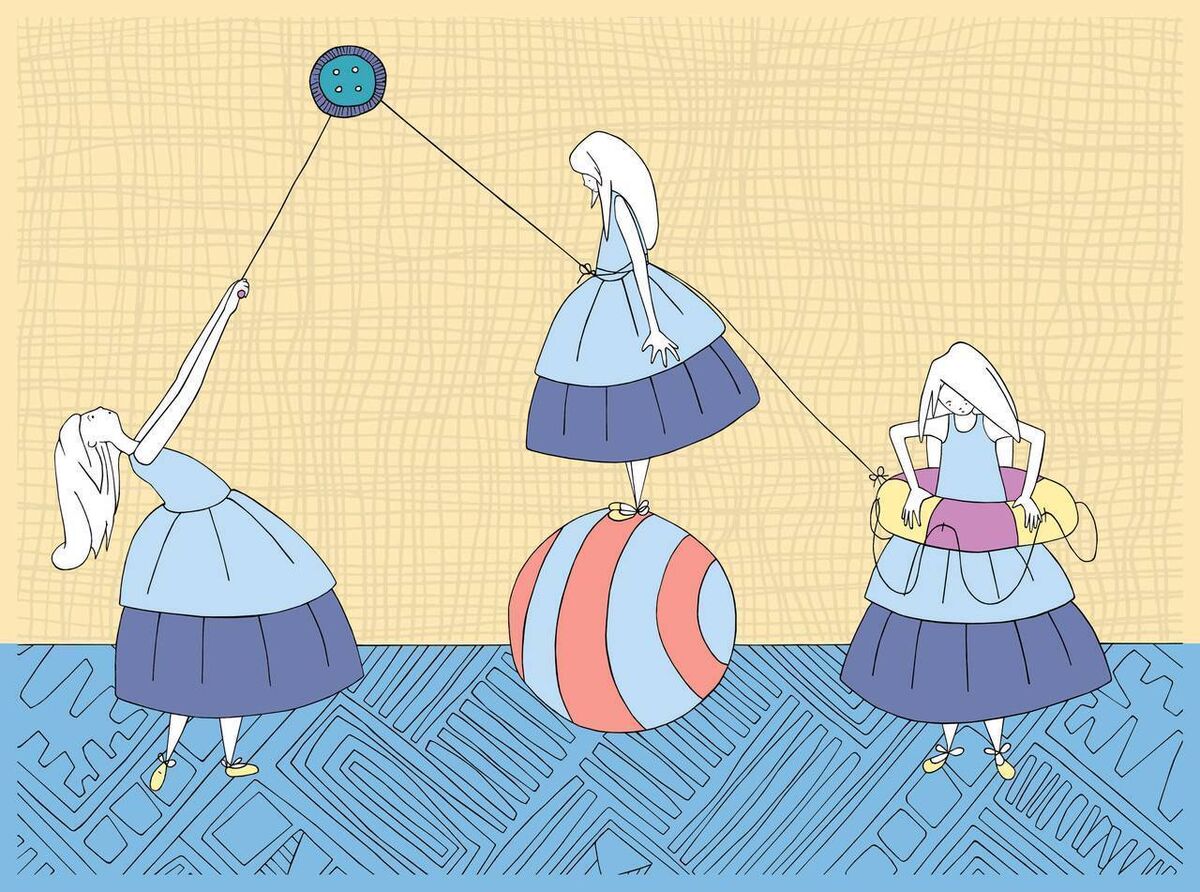
But she has found ways to adapt to her new life.
She switched from screen printing to digital printing after her injury, because she could still do it from a chair at home.
And she got pet rabbits which have helped her through the toughest times and became prominent characters in her Pain Diaries.
“Pets are extraordinary for people with chronic pain. Because if you’re trapped in the house with pain for days on end, you can just watch them. They’re lovely and they really take you out of yourself. It has to a be a pet that you can care for on your worst days though.
"And you don’t want to be that person that’s always reaching out to people and bringing them down. You don’t want to reach out on your worst day.
“But I’m quite lucky in that all of my interests are inside and I’m quite happy on my own most of the time. But some days you would really like to just go and see your friends or my family in Carlow. It can be hard but you can’t dwell on it for too long.
“Because when all you have is time, all you do is think. So you have to be careful and pull it back. So I try to keep my mind busy.”
Now 39, despite the difficulties she has faced, she would not turn back time and revert to her old life.
“I wouldn’t go back to who I was before, or what I was doing before. I’m really grateful for that.
“I’m a lot happier in what I’m doing now. Before, I always struggled as an artist because I was not comfortable sharing anything about myself. So my work was very one-dimensional.
"Whereas now, because I felt like the diary was a form of art therapy for myself, I didn’t care who looked at it. What was important to me was getting it out.
“The diaries have helped me a lot. And this summer, the exhibition has forced me to do things again, I’m really excited about it.”
And thanks to an “incredible” new device she had inserted in her back recently called a spinal cord stimulator, her pain is becoming more manageable too.
She hopes to be able to walk unaided to the nearby shop this year and she can now go out to visit friends without having to cancel last minute due to overwhelming pain.
“I’m very optimistic now," she says.
“The spinal cord stimulator is kind of like two electric guitar wires that are inserted into your back parallel to your spine. It changes how I perceive the pain.
“It cuts off the pain so I don’t feel it as a pain now. I feel it as a pulse going through me. It’s amazing because my pain is cut down massively.
“But my body is still technically experiencing the pain so my body is still worn out from it. But I can get out.
"I went out with a friend the other day for an hour or two - that’s something I couldn't do before.”
The life-changing €25,000 technology was only accessible because her medical insurance covered it. It's not available publicly.
Although there are good therapists and therapies available publicly through the HSE, they’re in limited supply and are hard to find information about, she says.
“Because my pain fell into a number of areas, I found it hard to get a lot through the HSE. Because I had both nerve pain and orthopaedic I got passed around a bit. I did get some physio but it was limited to 4-6 sessions once or twice or year.
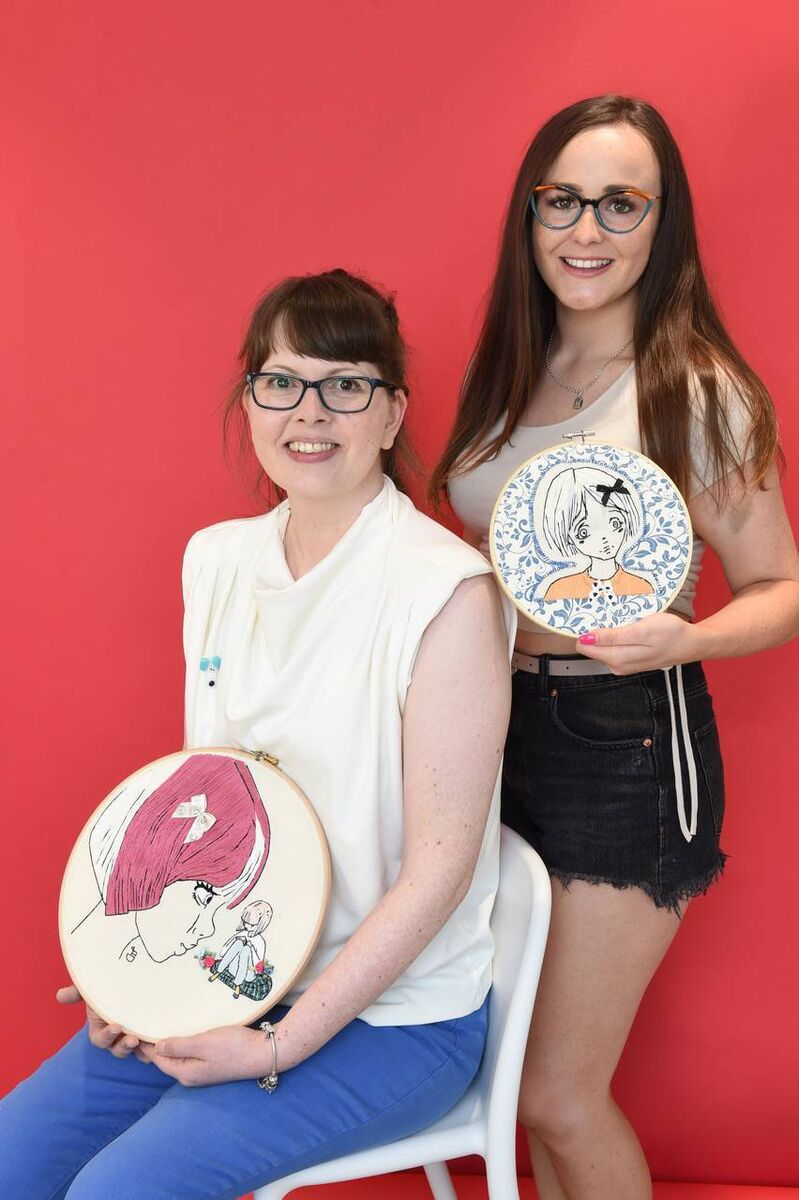
“I was really lucky I had health insurance before it started.
“I went to a private physio first in the Mardyke. He pushed everything for me. He was brilliant. Seeing the spinal doctor who put me onto a pain management consultant who put me on the nerve stimulator.
“If he hadn’t done that I don’t want to think where I’d be. But you can only pay for private treatment for so long when you’re not working.” She is hoping that she can build up more leg muscle mass with a self-cycling bike which she can borrow from the HSE now that her pain is more controllable.
She said that public services like these should be listed clearly online for patients so they could find out what was available to them and their recovery.
“You could be told more about what’s available to you. You could get a list of orthopaedic things that are out there or neurological things that can help. There’s a swimming pool for people with special needs and disabilities that you can walk around in. That makes a big difference.
"There are good facilities there but it’s hard to know about them unless you speak to the right person. You have to really look for things and push your own recovery.”
Ms Chapman’s art trail and book officially launch on Sunday in Cork Printmakers. She said that Cork Printmakers have been instrumental in helping her realise this project.
They also helped make the wooden rabbits that jump out from large billboards installed around the city featuring Ms Chapman’s art.
And the Arts Council’s Arts and Disability Connect New Work award with Arts and Disability Ireland has made the work possible.
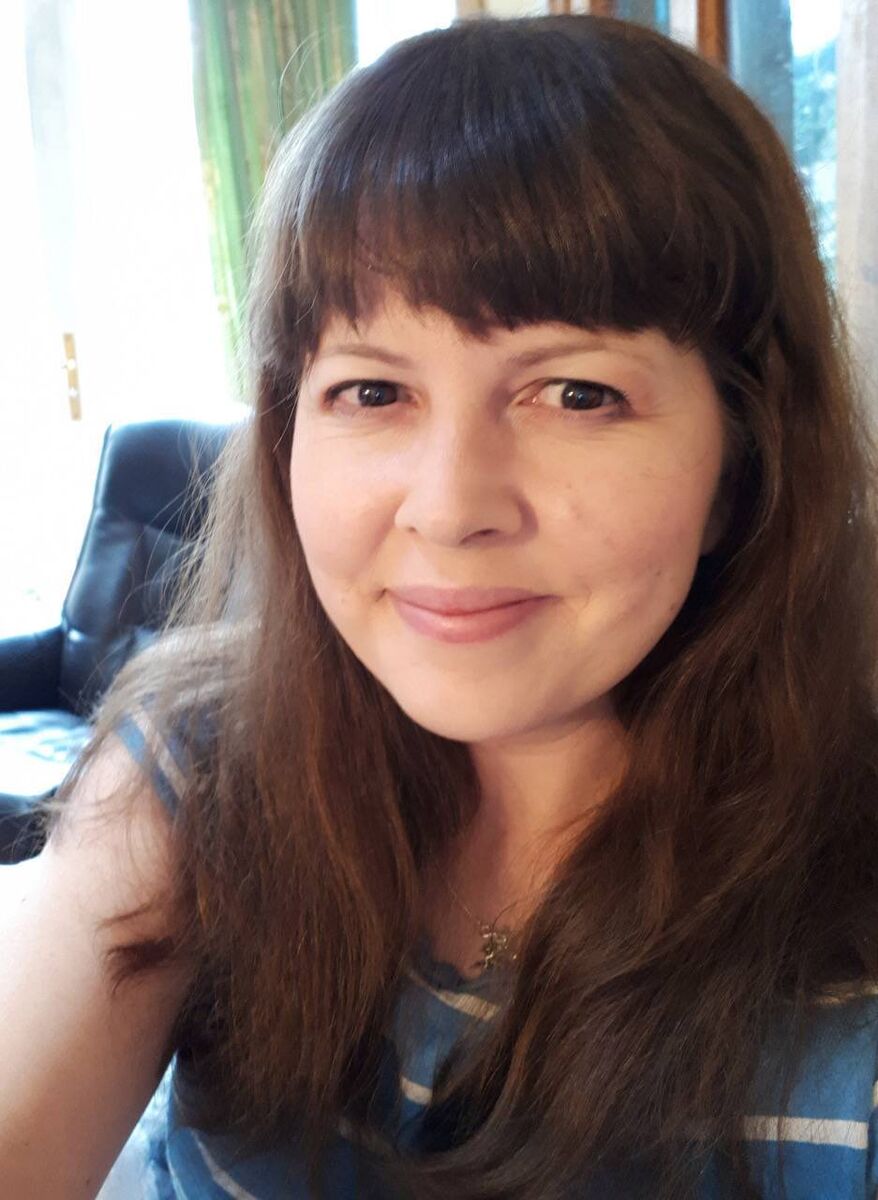
“Through the award, they helped me to think bigger than I was thinking,” she says. “The funding and support they gave has made this all possible.
“I want the art trail to be something bright and colourful. I’d like if people really engaged with it, if it made them see chronic pain a little differently.
“And a lot of it is to do with accessibility. The idea of this is that you could almost sit in a car and drive from window to window if you wanted without having to get out.
“In each window we’ll have a QR code that you can scan that will send you to my website where you can hear an audio description of everything that’s in the window. I hope that can help anyone with sight problems.
“And I’d like children to see it. Because I believe that if children grow up understanding about chronic pain then it won’t be such a stigma for people when they get older because they already know about it.
“It’s very hard for someone to understand something they can’t see. But when you’re experiencing the pain, it’s so intense that it feels impossible that everyone else can’t see it.”
To view the project online at https://www.mychronicpaindiary.com/.







